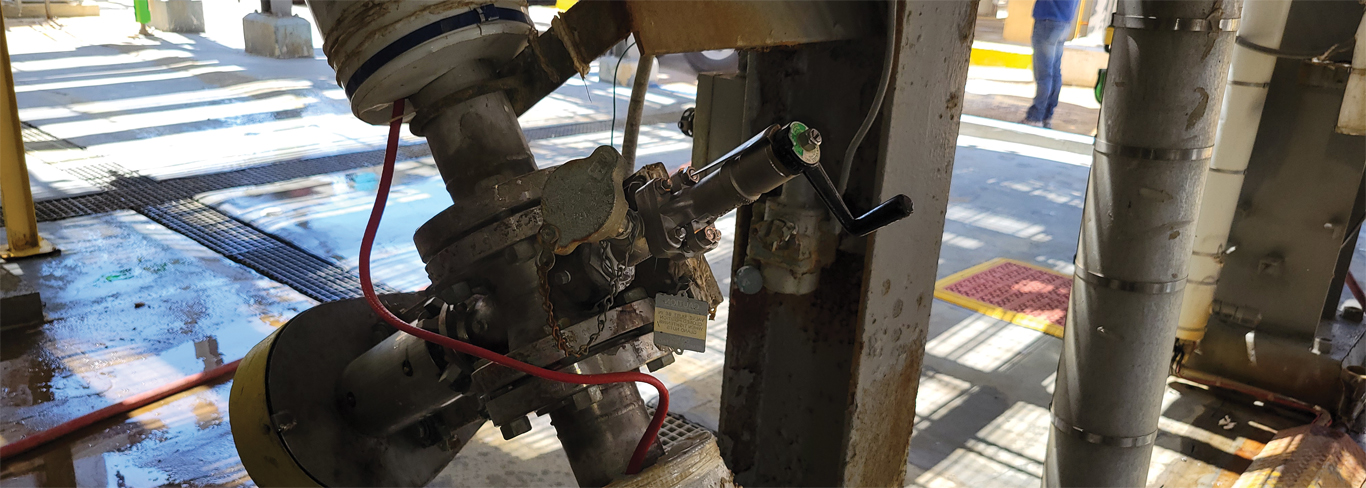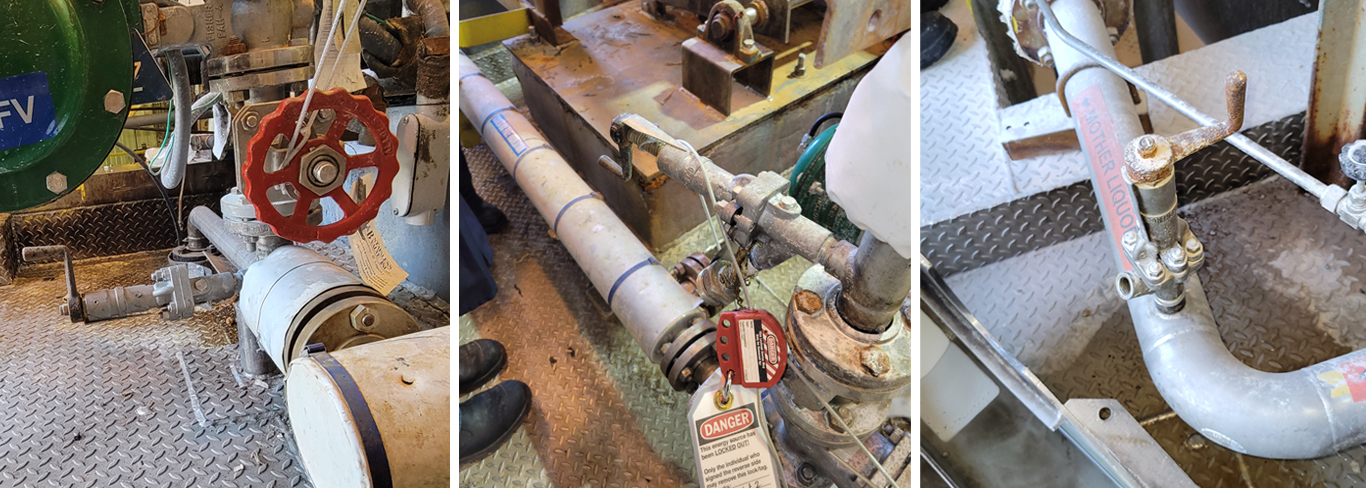Blog
The Critical Role of Sampling Valves in Pipeline Processing for Industrial Sectors
May 19, 2025
In high-stakes industries such as oil and gas, chemical, petrochemical, and manufacturing, precision, safety, and process control are essential. A key component supporting these goals is the sampling valve—a device designed to safely extract representative samples from process lines or inject samples into a process without interrupting operations.
What is a Sampling Valve?
A sampling valve is a specialized device installed on pipelines or processing equipment to allow operators to extract fluid–whether liquid, gas, or slurry from a process stream or inject substances into a process. Unlike standard valves, sampling valves are engineered to minimize dead space ensuring sample integrity. They allow operators and engineers to safety test and analyze product conditions at various stages of production without interrupting the process flow. Sampling valves are built to handle a wide range of substances, including corrosive chemicals and high-pressure hydrocarbons.

Why Sampling Valves are Essential
-
√ Quality Control and Process Validation: Sampling valves enable operators to monitor and verify product composition at critical stages of production. This supports consistent product quality, ensures compliance with specifications, and provides traceable data for quality audits.
-
√ Operational Efficiency Process Control and Optimization: Routine sampling helps identify deviations early, allowing for timely adjustments. This results in improved yields, reduced waste, and optimized resource use of resources in both continuous or batch operations.
-
√ Safety and Compliance: Sampling in industrial environments often involves high pressures, hazardous chemicals, or elevated temperatures. Sampling valves with features such as purge ports, locking mechanisms, pressure containment, and compatible live-extraction containers significantly reduce exposure risks and enhance operator safety.
-
√ Environmental Protection: Accurate, contained sampling helps detect leaks, contamination, or process upsets before they escalate. This supports environmental compliance and minimizes the risk of costly incidents or regulatory penalties.
-
√ Equipment Monitoring and Maintenance: In-line sampling offers valuable insight into corrosion, scaling, or contamination with pipelines and vessels. This data enables predictive maintenance strategies that help extend equipment lifespan and reduce unplanned downtime.
.jpg)
Types of Sampling Valves
- Inline Sampling Valves: Installed directly in the pipeline for continuous processes, allowing sampling or injection without stopping the flow.
- Tank Sampling Valves: Used in batch processes such as storage tanks to monitor quality.
- Double Block and Bleed Valves: Common in oil and gas applications to safely collect samples of high-pressure or hazardous materials.
Key Selection Criteria for Sampling Valves
When selecting a sampling valve, consider the following:
- Material Compatibility: The valve should be constructed from materials that can withstand the process media, especially when handling corrosive or high-temperature fluids.
- Design Features and Functionality:
- Manual or Actuated operation based on process needs
- Valve design such as piston, needle, or ball type
- Dead-space free design to prevent sample contamination
- Bi-directional flow for both sampling or injection
- Leak-proof construction for handling hazardous substances
- Regulatory Standards: Ensure the valve meets industry relevant standards such as and ISO, ASME, SIL2 Certification, particularly in safety-critical applications.
- Maintenance and Durability: Select valves that are easy to purge, clean, and maintain, with a design built for long service life in demanding environments.
Final Thoughts
Sampling valves may seem like a small component in the overall system, but their impact on process safety, regulatory compliance, and product quality is significant. In complex and potentially hazardous industrial systems, investing in the right sampling solution—particularly one with SIL2 certification and a dead-space free design—provides confidence, safety, and performance over the long term.
For over a century, Strahman has delivered industry-leading solutions for safe and reliable sample extractions. Our sampling valves are SIL2 certified, bi-directional, and precision engineered to ensure to sample integrity while prioritizing operator safety.
Learn more about our Sampling Valves and the solutions we can offer: https://www.strahmangroup.com/products/strahman-process-valves/sample-valves/
